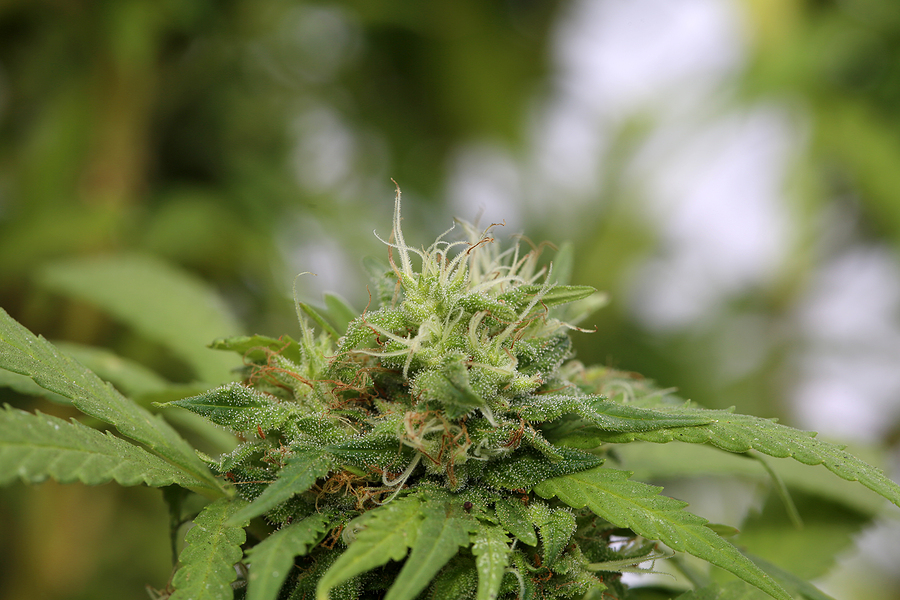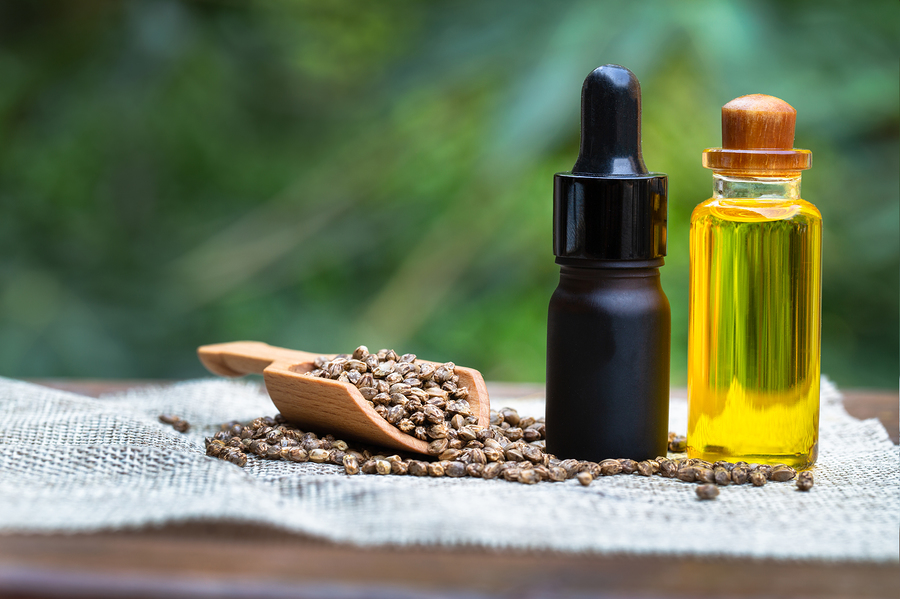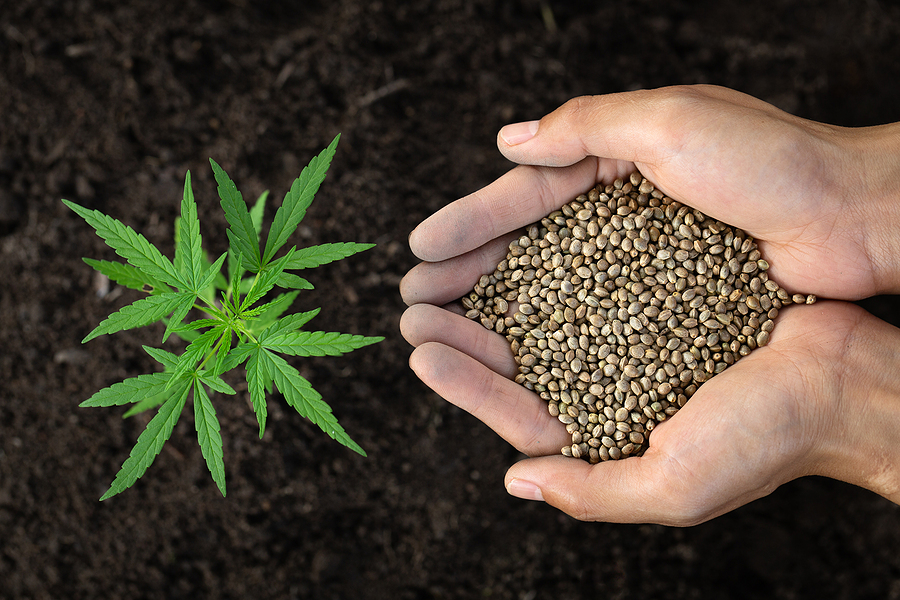Marijuana cloning is a fundamental technique in cannabis cultivation that allows growers to replicate the genetic characteristics of a desired mother plant. By mastering the art of cloning, cultivators can ensure consistency in their harvests, propagate prized genetics, and streamline their cultivation process. In this guide, we’ll explore the essential steps and strategies for successful marijuana cloning, from selecting the right mother plant to nurturing clones to maturity.
Selecting the Perfect Mother Plant: The Foundation of Successful Cloning
Table of Contents
The first step in mastering marijuana cloning is selecting a healthy and vigorous mother plant with desirable traits. Whether you’re seeking high THC levels, robust yields, or unique flavor profiles, choosing the right mother plant is essential for producing quality clones. Look for plants that exhibit vigorous growth, resistance to pests and diseases, and the desired cannabinoid and terpene profiles.
When selecting a mother plant, consider factors such as growth patterns, internode spacing, leaf structure, and overall health. It’s also essential to choose a plant that is free from pests, pathogens, and genetic abnormalities, as these issues can be passed on to the clones. Take your time to assess potential mother plants carefully, as this decision will significantly impact the success of your cloning endeavors.
Mastering the Cloning Process: Techniques and Best Practices
Once you’ve selected the perfect mother plant, it’s time to master the cloning process. There are several methods for cloning marijuana, including traditional cuttings, aeroponic cloning machines, and tissue culture. Whichever method you choose, the key principles remain the same: providing the right environment for root development, maintaining proper humidity and temperature levels, and minimizing stress on the clones.
To begin the cloning process, take cuttings from the selected mother plant using a clean and sharp razor blade or scissors. Choose healthy branches with new growth and at least two sets of leaves. Remove excess foliage from the lower portion of the cutting to encourage root development and dip the cut end in a rooting hormone to stimulate growth.
Once you’ve prepared the cuttings, place them in a rooting medium such as rockwool cubes, peat pellets, or soilless mix. Keep the clones in a warm and humid environment with adequate airflow to promote root development. Monitor the clones closely for signs of stress, such as wilting or discoloration, and adjust environmental conditions as needed to ensure optimal growth.
Optimizing Environmental Conditions: Creating the Ideal Growing Environment
Creating the ideal growing environment is crucial for maximizing the success of marijuana cloning. Clones are delicate and sensitive to changes in temperature, humidity, light, and airflow. Maintaining stable environmental conditions is essential for promoting healthy root development and minimizing stress on the clones.
Start by selecting a suitable location for your cloning operation, such as a dedicated grow tent, greenhouse, or indoor grow room. Ensure that the space is well-ventilated and equipped with adequate lighting, such as fluorescent or LED grow lights, to provide the clones with the energy they need for growth. Monitor temperature and humidity levels closely and use tools such as hygrometers and thermometers to maintain optimal conditions.
Humidity is particularly important during the cloning process, as it helps prevent dehydration and promotes root development. Aim for a humidity level of around 70-80% in the cloning area to create a moist environment that encourages healthy growth. You can achieve this by using a humidifier or misting the clones regularly with a spray bottle.
Proper airflow is also essential for preventing mold and mildew growth and ensuring that the clones receive an adequate supply of fresh air. Use oscillating fans to circulate air within the cloning area and prevent stagnant pockets of air from forming. Be mindful of temperature fluctuations caused by fans and adjust accordingly to maintain optimal conditions.
Nutrient Management: Providing Essential Nutrients for Healthy Growth
While clones do not require as many nutrients as mature plants, providing them with essential nutrients is still crucial for promoting healthy growth and root development. Use a mild, balanced fertilizer specifically formulated for clones or seedlings and dilute it to half or quarter strength to avoid nutrient burn.
When watering clones, use a gentle, slow-drip irrigation system or a watering can with a fine nozzle to avoid disturbing the delicate root systems. Water clones sparingly, allowing the growing medium to dry out slightly between waterings to prevent overwatering and root rot.
In addition to essential nutrients, consider supplementing clones with beneficial additives such as root stimulators, mycorrhizal inoculants, and microbial teas to promote robust root development and improve overall plant health. These products contain beneficial bacteria and fungi that enhance nutrient uptake and protect against pathogens, helping clones establish strong root systems quickly.
Troubleshooting Common Issues: Identifying and Addressing Problems
Despite your best efforts, you may encounter some common issues when cloning marijuana. Understanding how to identify and address these problems is essential for maintaining the health and vitality of your clones.
One common issue is wilting, which can occur due to overwatering, underwatering, or environmental stress. If you notice signs of wilting, such as drooping leaves or limp stems, check the moisture level of the growing medium and adjust your watering regimen accordingly. Ensure that the clones are not exposed to excessive heat or light, as this can also cause wilting.
Another common issue is nutrient deficiencies, which can manifest as yellowing or browning of the leaves, stunted growth, or leaf curling. If you suspect a nutrient deficiency, check the pH level of the growing medium and adjust as needed to ensure optimal nutrient uptake. Consider supplementing with a balanced fertilizer or nutrient solution to address any deficiencies.
Pests and diseases can also pose a threat to clones, particularly in indoor growing environments. Keep a close eye on your clones for signs of pest infestation, such as yellowing or spotted leaves, webbing, or visible insects. If you detect pests, take immediate action to eradicate them using organic pest control methods such as insecticidal soaps, neem oil, or predatory insects.
By optimizing environmental conditions, providing essential nutrients, and troubleshooting common issues, you can ensure the success of your marijuana cloning efforts and cultivate healthy, vigorous plants. With patience, dedication, and attention to detail, you can master the art of marijuana cloning and enjoy bountiful harvests of top-quality cannabis.
Nurturing Clones to Maturity: Tips for Success
After rooting, the clones will require careful attention and nurturing to ensure they reach maturity successfully. Transplant the rooted clones into larger containers filled with nutrient-rich soil or hydroponic medium, and continue to provide them with the necessary light, water, and nutrients for healthy growth.
As the clones mature, monitor their progress closely and make any necessary adjustments to environmental conditions and nutrient levels. Prune and train the plants as needed to promote bushy growth and maximize yields. With proper care and attention, your clones will thrive and produce high-quality cannabis buds that reflect the genetic traits of the original mother plant.
In conclusion, mastering the technique of marijuana cloning is essential for successful cannabis cultivation. By selecting the perfect mother plant, mastering the marijuana cloning process, and nurturing clones to maturity, growers can ensure consistent harvests of high-quality cannabis with desired traits and characteristics. With dedication, patience, and attention to detail, you can unlock the full potential of marijuana cloning and elevate your cultivation efforts to new heights.
Image Source: BigStockPhoto.com (Licensed)
Site Disclaimer
Marijuana is a Controlled Substance under the Controlled Substance Act (21 U.S.C. 802) (“CSA”) and the cultivation, distribution, and possession of marijuana is a crime under federal law. Keep all marijuana and marijuana products out of reach of children and animals. Intoxicating effects of marijuana and marijuana products may be delayed. Use of marijuana while pregnant or breastfeeding may be harmful. Consumption of marijuana and marijuana products impairs your ability to drive and operate machinery, please use extreme caution.
Related Categories: Marijuana, Reviews







